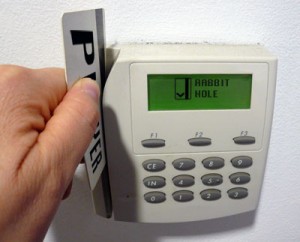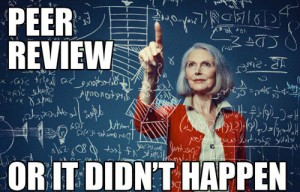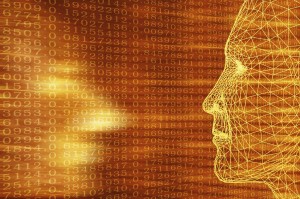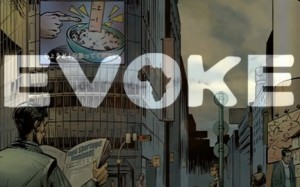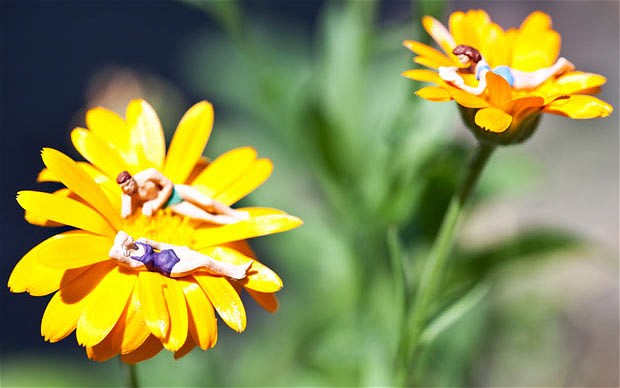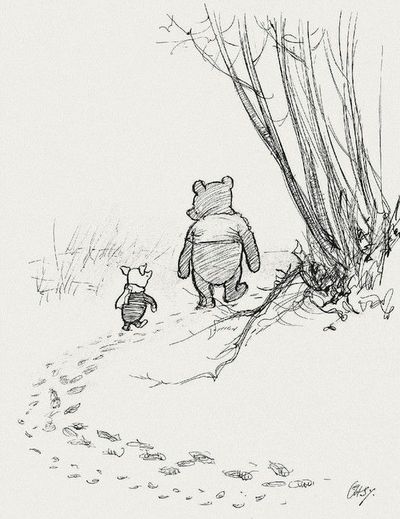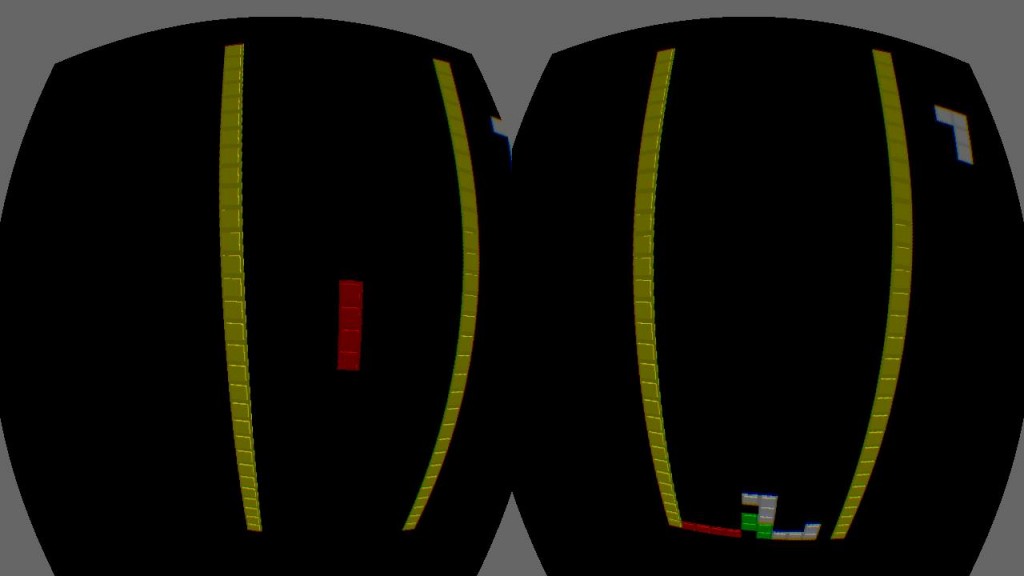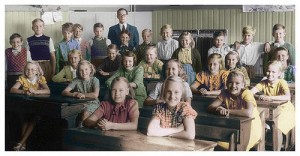 By applying taxonomy to explore the concept of knowledge, an organisational structure can be superimposed. This taxonomy provides a shared structure and vocabulary for a complicated concept that cuts across many scientific fields and models.
By applying taxonomy to explore the concept of knowledge, an organisational structure can be superimposed. This taxonomy provides a shared structure and vocabulary for a complicated concept that cuts across many scientific fields and models.
Blooms’ taxonomy (1956) was hailed in the field of education and the many disciplines that involve themselves with it. But something was missing from the taxonomy – leading to a revised Taxonomy in 2001.
Blooms’ taxonomy was devised to standardize test items for measuring educational objectives. Together with several measurement experts he published the “Taxonomy of Educational Objectives: The Classification of Educational Goals. Handbook I: Cognitive Domain” (Bloom, Engelhart, Furst, Hill, & Krathwohl, 1956). This taxonomy had six main categories:
- Knowledge
- Comprehension
- Application
- Analysis
- Synthesis
- Evaluation
This structure would later be referred to as the original Taxonomy (after the revised Taxonomy was published (Anderson, Krathwohl, & Bloom, 2001)). The original Taxonomy gained wide recognition and was translated into 22 languages. The original Taxonomy was often used to analyse a curriculum on whether all categories were being (sufficiently) taught. Such analysis tended to show that there was a large emphasis on recognition and recall and not enough on items from the categories Comprehension and Synthesis – which are widely regarded to be vital goals of education. [Even more so now with the whole 21st century skill movement in education – note].
The revised Taxonomy has adapted itself to the thinking and wording of the developing field of cognitive psychology. It has added a subcategory to the Knowledge dimension: Metacognitive Knowledge. The revised Taxonomy has also discerned two dimensions: The Knowledge dimension and the Cognitive Processing dimension. The categories go up in complexity and form a hierarchical scale “Cognitive Process dimension is a hierarchy, and probably one that would be supported as well as was the original Taxonomy in terms of empirical evidence” (see Anderson, Krathwohl, et al., 2001, chap. 16). Both dimensions contain several categories and subcategories:
Structure of the Knowledge Dimension of the Revised Taxonomy
A. Factual Knowledge – The basic elements that students must know to be acquainted with a discipline or solve problems in it.
Aa. Knowledge of terminology
Ab. Knowledge of specific details and elements
B. Conceptual Knowledge – The interrelationships among the basic elements within a larger structure that enable them to function together.
Ba. Knowledge of classifications and categories
Bb. Knowledge of principles and generalizations
Bc. Knowledge of theories, models, and structures
C. Procedural Knowledge – How to do something; methods of inquiry, and criteria for using skills, algorithms, techniques, and methods.
Ca. Knowledge of subject-specific skills and algorithms
Cb. Knowledge of subject-specific techniques and methods
Cc. Knowledge of criteria for determining when to use appropriate procedures
D. Metacognitive Knowledge – Knowledge of cognition in general as well as awareness and knowledge of one’s own cognition.
Da. Strategic knowledge
Db. Knowledge about cognitive tasks, including appropriate contextual and conditional knowledge
Dc. Self-knowledge
Structure of the Cognitive Process Dimension of the Revised Taxonomy
1 Remember – Retrieving relevant knowledge from long-term memory.
1.1 Recognizing
1.2 Recalling
2 Understand – Determining the meaning of instructional messages, including oral, written, and graphic communication.
2.1 Interpreting
2.2 Exemplifying
2.3 Classifying
2.4 Summarizing
2.5 Inferring
2.6 Comparing
2.7 Explaining
3 Apply – Carrying out or using a procedure in a given situation.
3.1 Executing
3.2 Implementing
4 Analyse – Breaking material into its constituent parts and detecting how the parts relate to one another and to an overall structure or purpose.
4.1 Differentiating
4.2 Organizing
4.3 Attributing
5 Evaluate – Making judgments based on criteria and standards.
5.1 Checking
5.2 Critiquing
6 Create – Putting elements together to form a novel, coherent whole or make an original product.
6.1 Generating
6.2 Planning
6.3 Producing
These two dimensions can be combined in a table. “Using the Table to classify objectives, activities, and assessments provides a clear, concise, visual representation of a particular course or unit. Once completed, the entries in the Taxonomy Table can be used to examine relative emphasis, curriculum alignment, and missed educational opportunities.” (Pintrich, 2002).
| Knowledge Dimension |
Cognitive Process Dimension |
|||||
| Factual Knowledge | Remember | Understand | Apply | Analyse | Evaluate | Create |
| Conceptual Knowledge | ||||||
| Procedural Knowledge | ||||||
| Metacognitive Knowledge | ||||||
References
Anderson, L. W., Krathwohl, D. R., & Bloom, B. S. (2001). A taxonomy for learning, teaching, and assessing: A revision of Bloom’s taxonomy of educational objectives: Allyn & Bacon.
Bloom, B. S., Engelhart, M., Furst, E. J., Hill, W. H., & Krathwohl, D. R. (1956). Taxonomy of educational objectives: Handbook I: Cognitive domain. New York: David McKay, 19(56).
Pintrich, P. R. (2002). The role of metacognitive knowledge in learning, teaching, and assessing. Theory into practice, 41(4), 219-225.


